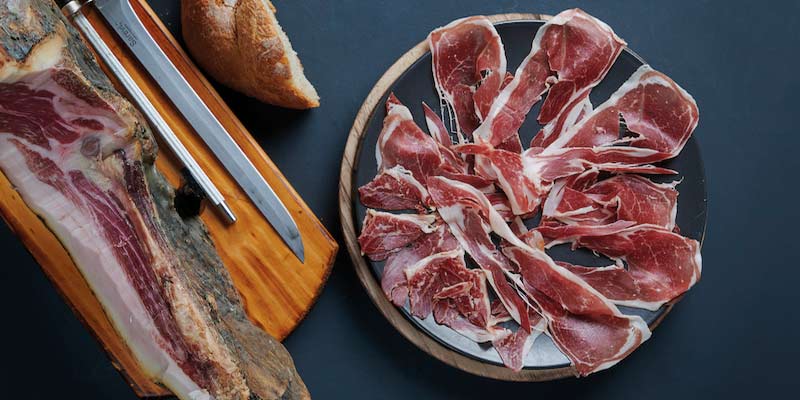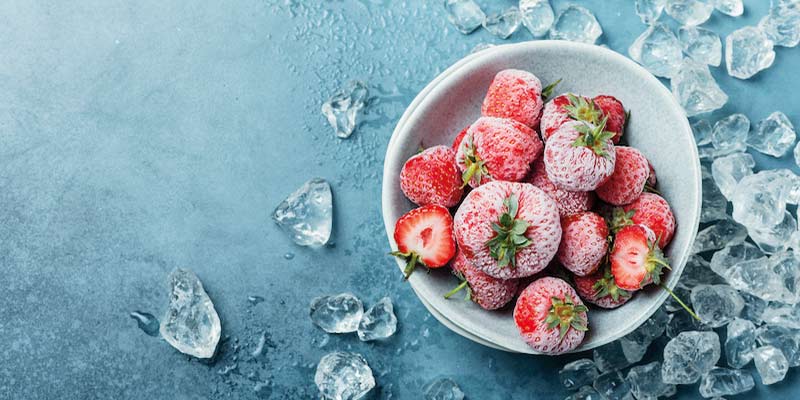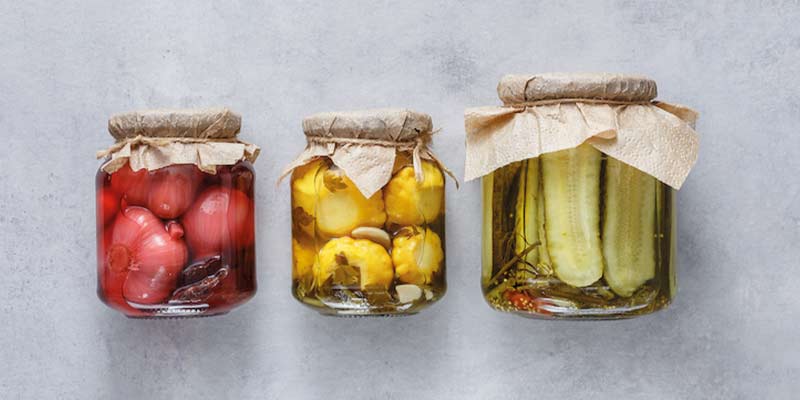- Posted on:
- Reading time:
Buy ingredients
- By functionality
- 1-2-Taste basics
- Flavours & extracts
- Food colouring
- Fruit & vegetable based ingredients
- Texturisers, gelling agents, stabilisers, fibres & starches
- Emulsifiers & Humectants
- Sweet Ingredients & Sweeteners
- Preservatives, Acids, Acidity Regulators & Anti-Oxidants
- Food Processing Aids
- Nutraceuticals & Health
- Plant-based
- Cocoa & Cocoa butter
- Spices & Herbs
- By industry
- By brands
- My custom Taste ingredients










